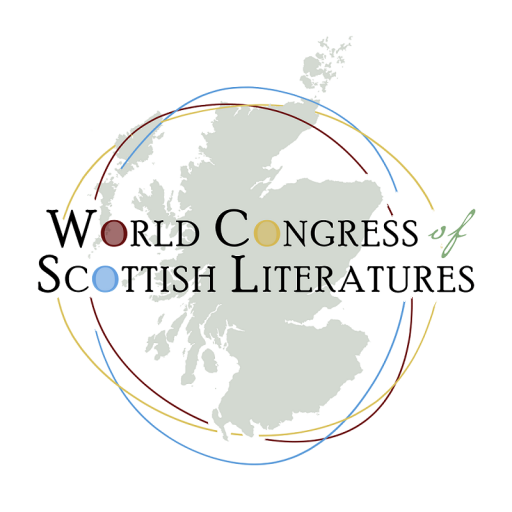Museums of Gaelic Literature
In Tormod Caimbeul’s (1979) Deireadh an Fhoghair the central character Coinneach repeatedly imagines himself in a conversation with an expert, someone interested in the placenames of Lewis: he says how from the top of Tom Geur you can see ‘an eternity of moor around you – lochs and hills and glens, streams and pools – and there’s not one without a name. Not one. And isn’t that itself amazing’ [‘siorruidheachd de mhòinteach cuairt ort – lochan agus cnuic agus glinn, uillt agus lòin – ’s chan eil aonan dhuibh gum ainm. Chan eil aonan. ‘S nach eil sin-fhèin iongantach’]. The novel is ambiguous about the act of retaining all of this ‘amazing’ knowledge, however; the characters are weighed down, as well as rooted, by the details of place-names, farming tools, memories of generations past – there is a sense of lost pleasure, and especially lost erotic potential, that goes along with the conservation of the past. Childless, the three central characters are on the brink of a winter that will mark the passing of a way of life, of a type of knowledge, and an unsatiated desire that is barely registered: the novel functions both as living museum and immanent mausoleum for a culture.
This paper will explore – starting with Caimbeul’s novel and discussing a range of contemporary Gaelic texts – the tensions present in Gaelic literature between commemorating a culture (becoming a museum for it), and being caught in the aspic of preservation: this is based on the sense that the ‘recording’ of Gaelic culture – in various formats – has become one of the central tropes of the experience (lived and cultural) of Gaelic speakers. The texts chosen probe not the ‘circulation of cultural icons’ but the relationship between their preservation and replication, with the fear that these processes makes them moribund, superficial or, eventually, inexplicable; they also start to unpick models of ‘time’ and history that do not rely on inter-generational transmission, but instead rely on the posterity of that imagined place-name expert.
Peter Mackay, University of St Andrews
